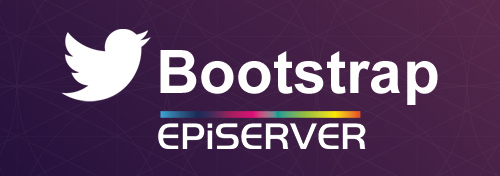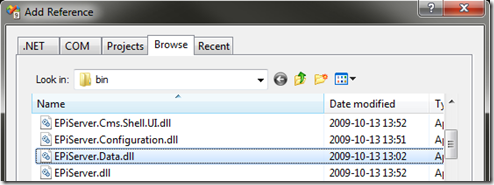Sometimes you want to store settings in a config file like web.config or app.config for your modules. In this small tutorial I will show you how to do that. I will not only show you how to define your own sections but also how to put this config in a separate file.
Author: rcjkierkels
Enabling Web Deploy on your windows Server
In this small tutorial I will show you how to enable Web Deploy in visual studio 2013 for your own windows server. Its really easy but if you don’t know where to start it can still be very frustrating. Continue reading
Reset your GitLab root password from a terminal
Seriously ‘Invalid email or password’. I know for sure that it was correct, or wasn’t it? Are you in the same situation and resetting your password the old school way doesnt work for you then here is a solution to hack your back into GitLab. To make this work you need of course root access to your GitLab server.
Configuring GitLab to manage your repositories
GitLab is a great tool to manage your repositories. Its not a replacement for tools like GIT or SourceTree but a nice addition to the total GIT workflow. Installing GitLab is easy, just follow the instruction on this page but configuring it so that you can push and pull from it can be more complicated. Especially if you want to change some if its default behaviour.
Storing data using EPiServer 7.5 Dynamic Data Store
Introduction to the Entity Framework 6
In this blog I will show you how to quickly store and retrieve data in your existing project using the Entity Framework. As example project I will use an existing EPiServer project.
About Blobs and Accessing Media by code in EPiServer 7.5
In this post I take a look at what blob storage exactly is, why it could be interesting and how it works in EPiServer. By default EPiServer uses blob storage to store all its content. Further I take a look at how to access stored media assets from code and show them in a view and how to save an uploaded image as a blob in the Media panel.
Adding bootstrap to your EPiServer MVC project
 In this tutorial we will add Twitter Bootstrap to our EPiServer project and we will create some base classes and our first ViewModel. Further I will explain the purpose of these base classes and the need for a ViewModel. Most of this is standard ASP.NET MVC so if you are already familiar with that you can probably skip this post.
In this tutorial we will add Twitter Bootstrap to our EPiServer project and we will create some base classes and our first ViewModel. Further I will explain the purpose of these base classes and the need for a ViewModel. Most of this is standard ASP.NET MVC so if you are already familiar with that you can probably skip this post.
Some helpfull EPiServer 7.5 code snippets
Since a couple of weeks when I started with EPiServer I experimented a lot. Here is a quick summary of some code fragments that I found on the internet that can be very usefull in some cases. I am not going into detail about these code fragments because honestly I dont understand all of it (yet).
Creating your first pages and blocks in EPiServer
In my previous post about EPiServer I explained how to start a new EPiServer project. In this tutorial I will show you how to create page and block templates that can be used in EPiServer to create content. For now we keep it very basic.



